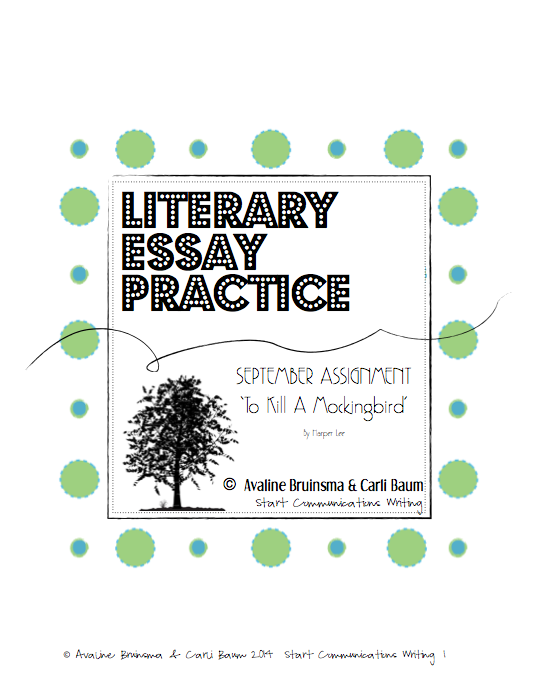THOUGHTS ON FORGIVENESS AND THE FUTURE
"Forgiveness does not change the past but it does enlarge the future"
Paul Boese
Today is a
unique opportunity to Forgive. It is an opportunity for everyone who suffered at the hands of those who did
not care and do not necessarily deserve our forgiveness. We get to give it anyway.
Forgiveness,
is for ourselves and not necessarily for the person(s) we forgive. Undoubtedly,
as it liberates the perpetrator from the constant guilt that may plague them,
it may also change them. This is the
hope but not the reason we forgive.
We forgive
to be bigger than any circumstance or hurt that tried to take us off our best
path. We forgive to defy the bad in this
world and while we forgive we purge the darkness that tried to take over our
hearts. We wipe it clean of the constant repetition of hurtful events and we
create an open, inviting place. This
place is ready for a day by day life unmotivated by revenge and fully engaged in living
in an enlarged pleasant life and hopeful future.
This blog is my heart and not necessarily part of teaching protocol taught in universities. It is, however, entirely human and a constant battle within tough times. Our responsibility as teachers and parents and overseers is to forgive. As a result we walk with open futures. We should teach this skill, largely through demonstration. I recognize forgiveness does not diminish our need to protect those who are in our charge. Forgiveness is not admonishment. As a student who received protection from my teachers and eventually learned to forgive I am aware that each situation requires unique wisdom and sometimes even intervention. This wisdom truly flows more freely from the enlarged future that forgiveness provides.






























